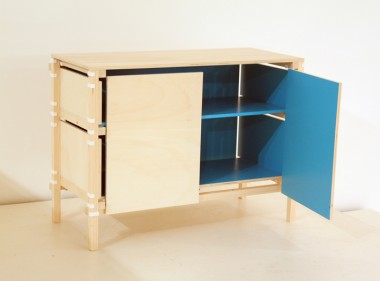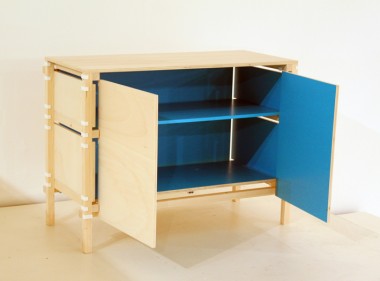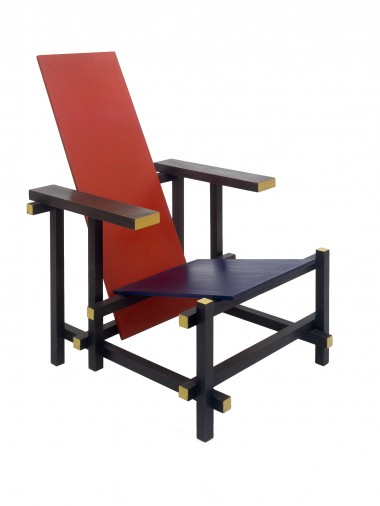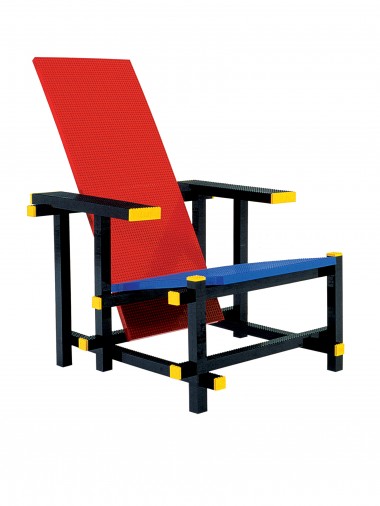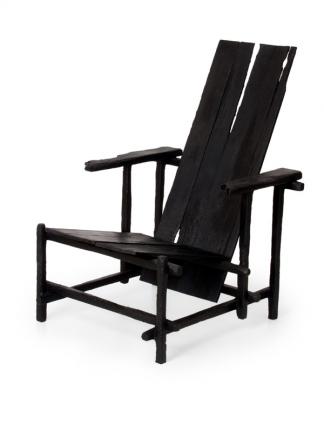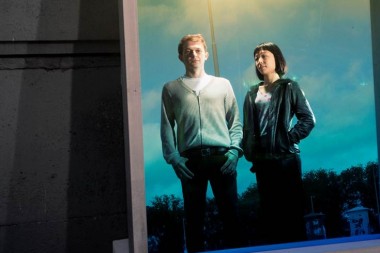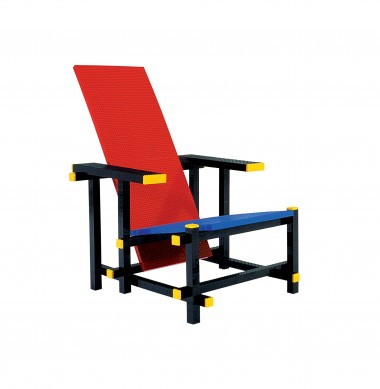designer for download: interview with Mario Minale
Rotterdam-based design duo, German-born Mario Minale and Japanese-born Kuniko Maeda began collaborating in 2005. As Minale-Maeda they are interested in perspectives on contemporary material culture. We spoke with Mario about their designs for download.
Can you tell us how you approached the brief?
Mario Minale: On the one hand we were interested in creating a furniture system based on downloadable design and on the other, we were interested in making a statement about the current state of culture and how that intercepts with technology. In both respects, we were curious how downloadable design makes something new possible.
Creating a downloadable furniture system was in line with our ambitions to make things that can be easily manufactured. Inside-out furniture is a very simple line of furniture in which the joinery is brought to the foreground. Seeing the structure helps with the simplicity of the piece and also helps with making it downloadable.
We also had ambitions to make a statement about people’s desire for objects today.
Vanity charms are 3D printed representations of what someone actually wants. They are symbols of the actual objects desired, playing with the question of whether or not symbols are enough. Someone can just like something, and can have it as a charm.
You also designed virtual flowers. Can you tell us about those?
MM: In the Virtual florist collection, we took defining characteristics of flowers and reversed them. Real flowers decay. With 3D printing you can freeze them. Real flowers are known for their colours. Virtual flowers are visually strong because of their absence of colour. Fresh flowers are flown all over the world. Since virtual flowers are distributed as information, they don’t have the constraint of location or season. You can have them anytime and anywhere without needing transportation. Real flowers and virtual flowers are perfect opposites of each other.
You have referenced Gerrit Rietveld designs in previous work such as Red blue Rietveld chair and Rietveld Lego Buffet. What was the influence in your downloadable furniture?
MM: We find the principles of Rietveld very relevant to the downloadable design platform. In his aim to make design accessible, he develops structures that are very sturdy and easy to make. His pieces work in many materials even with limited skills of the maker. The beauty of his work comes from the structure. The same principles drove our downloadable designs. The connections we developed for Inside-out furniture are 3D printed with custom dimensions so that they can match different sizes of wood. The only necessary intervention is to cut the wood to length and to drill the holes. No routing is necessary. Even without a CNC machine, someone can make our designs with a saw and a drill.
In our brief we asked you to imagine a business model for yourself. How do you see this?
MM: The big picture is to create an alternative to large scale productions. Downloadable design makes it possible to take production into a small—or, I would say, human—scale. Downloadable design makes many of the logistical issues—transportation, fuel, warehousing, complex machinery, materials, and so on no longer necessary. The whole industrial overhead becomes unnecessary.
In terms of own business model, one approach can be seen in the 3D connections we developed for Inside-out furniture. They can be adjusted to different dimensions of wood easily, they don’t need a mould to be produced, and they simplify the joining process. They are a proof of authenticity, a sort of signature, perhaps. The other parts can be sourced anywhere.
Are you not afraid that people will copy your blueprints?
MM: Downloadable design is like downloadable music. You buy the band t-shirt because you want to show that you like something and not because you have to. Paying for the signature shows your appreciation.
Pictured above is Inside-out furniture by Minale-Maeda.
Special thank you to 3D print lab i.materialise

